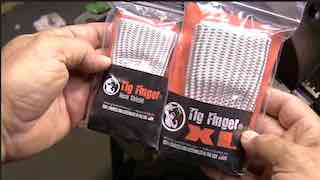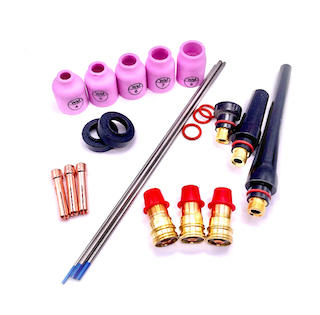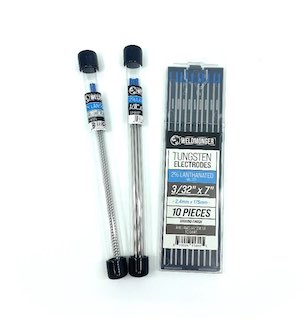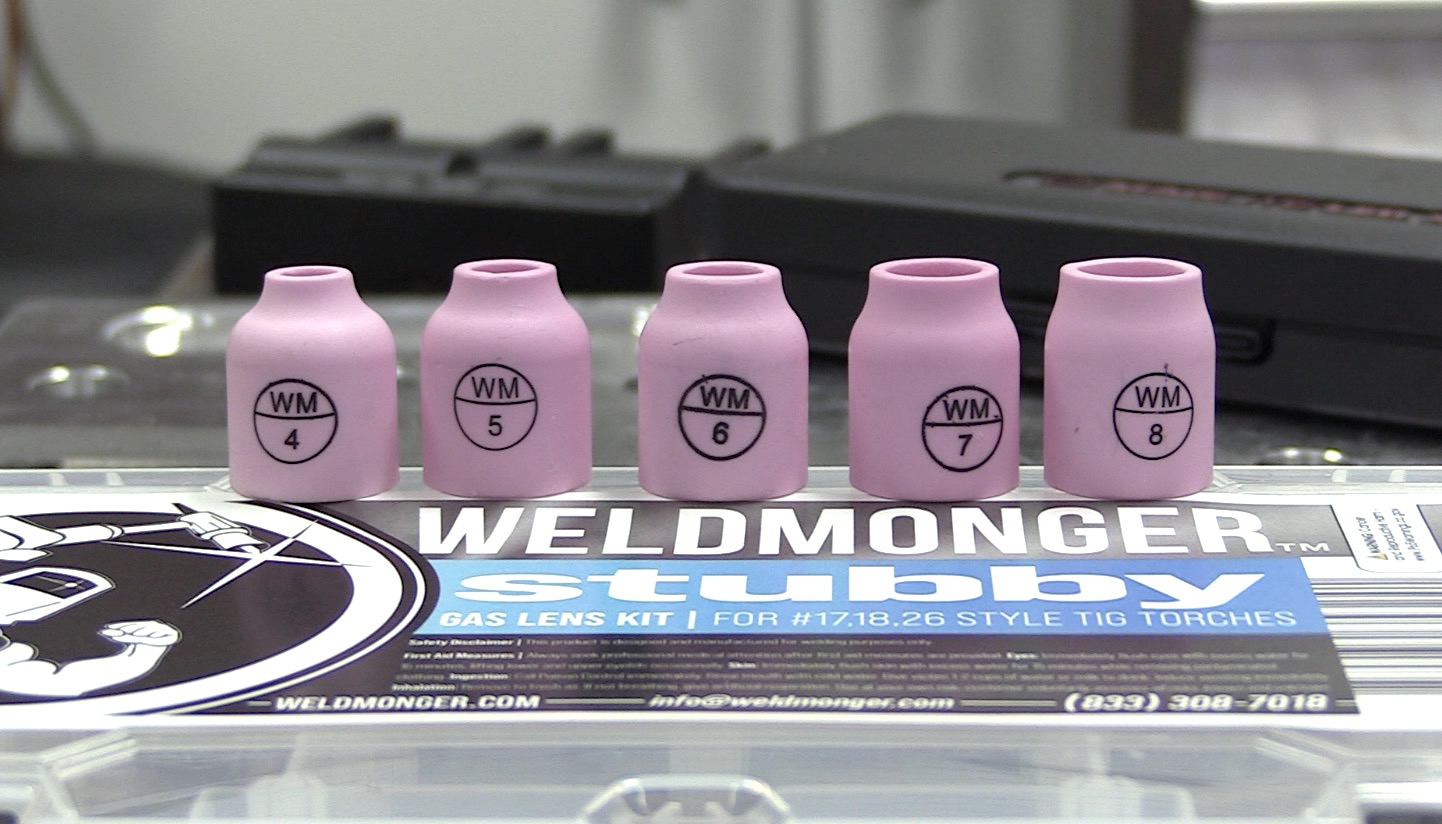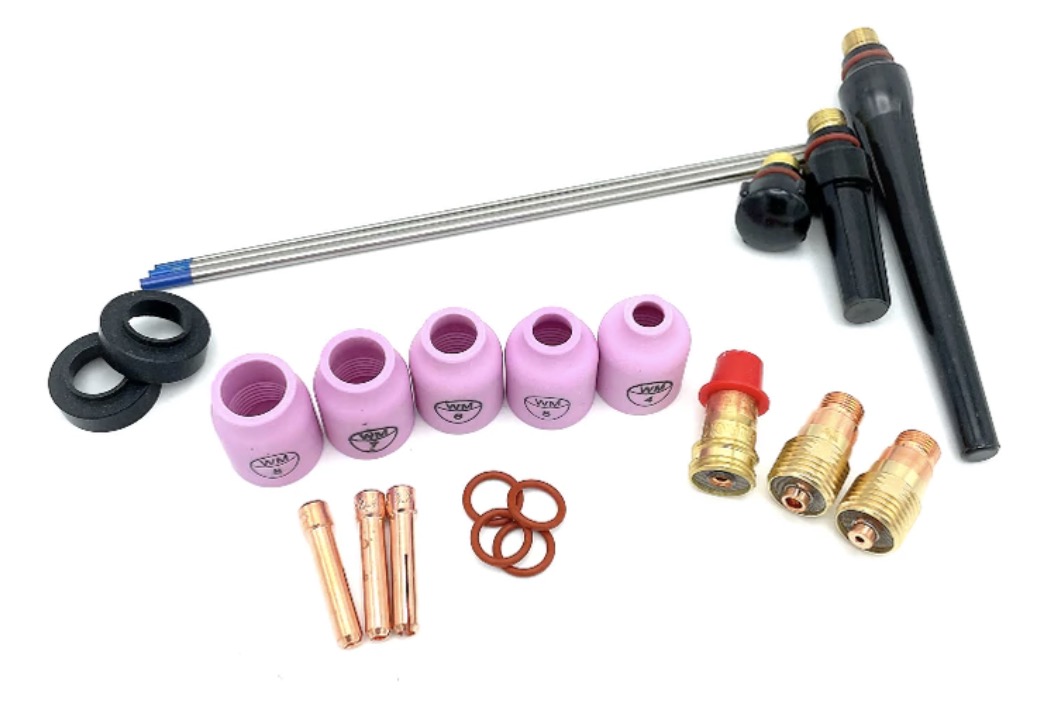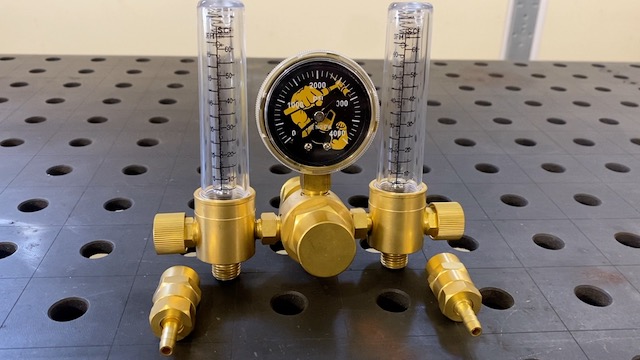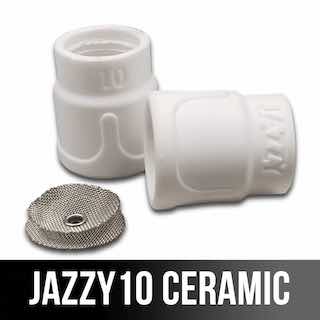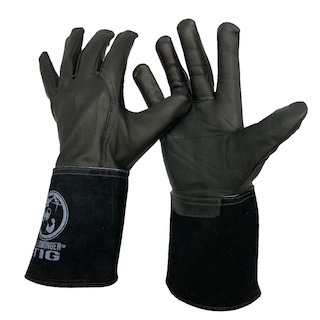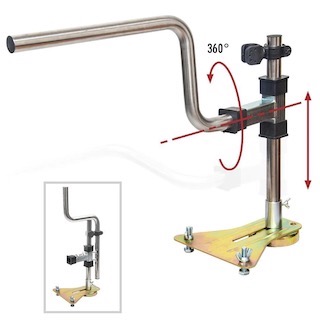Stainless Pipe Welding
Stainless Root Tips - Bridge Tacks vs penetrated tacks
Walking the cup on 3 inch pipe
Sanitary Stainless pipe welding
Stainless Pipe Welding: Bridge Tacks, Penetrated Tacks, and the Critical Role of Purging
When welding stainless steel pipe, success often comes down to three things: how you tack it, how you control your root pass, and how well you purge. Each step builds on the other, and skipping details in the beginning can ruin the weld in the end.
Bridge Tacks vs. Penetrated Tacks
-
Bridge Tacks
A bridge tack sits on the outside edges of the joint and doesn’t penetrate through to the inside diameter of the pipe. Instead, it simply “bridges” across the bevels.
Advantages: the main advantage for using bridge tacks on stainless is not needing a purge for the fitup. Sometimes shops even use less skilled labor to make the bridge tacks and let the more skilled more certified welders make the weld and grind out the bridge tacks as they weld. This doesn't always work out because even bridge tacks require a certain level of skill and knowledge.
Disadvantages: Some procedures do not permit bridge tacks. Bridge tacks need to be completely ground out as the weld is made
-
Penetrated Tacks
A penetrated tack, sometimes called a fusion tack, fully melts through to the inside of the pipe, essentially becoming part of the root pass.
Advantages: Provides full penetration from the start, eliminates the need to grind out tacks, and helps ensure uniform root profile.
Disadvantages: requires a good purge before tacking, person making the tack welds must have proper certification if required.
In high-spec work (food-grade, aerospace, or sanitary piping), penetrated tacks are often preferred because they create continuity in the weld. However, they demand more control and always require proper purging.
Why Purging Matters in the Root Pass
Purging means replacing the atmosphere inside the pipe with inert shielding gas—usually argon. Without it, the hot stainless reacts with oxygen and nitrogen, forming heavy oxide scale on the inside of the weld. This oxide layer, often called “sugaring” or “granulation,” not only looks bad but also compromises corrosion resistance and can act as a crack initiation point.
- Without Purge: The root bead turns rough, black, and crusty. It may trap contamination and fail sanitary inspection.
- With Proper Purge: The root comes out shiny or slightly straw-colored, smooth, and fully tied in. This preserves the stainless steel’s corrosion resistance and mechanical properties.
In industries like food and beverage, pharmaceuticals, and semiconductor piping, purge quality is non-negotiable. A sugared root can harbor bacteria or leach corrosion products into the system. Even in structural or pressure piping, poor purge increases the chance of failure under service.
Practical TipsFinal Thoughts
- Set up purge dams or tape off ends to contain argon and prevent waste.
- Use low flow rates once purged—usually 10–20 CFH—to avoid turbulence.Feather tack ends so the root pass ties in smoothly and doesn’t leave high spots.
- allow purge to run an adequate time before welding
- Test purge quality—Some procedure required the use of oxygen sensors for critical jobs. a clean, bright small tack is the best indicator.




